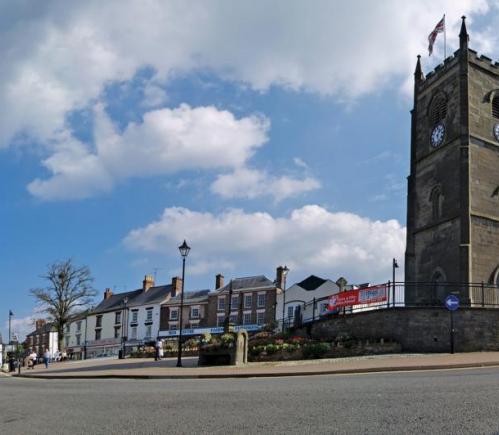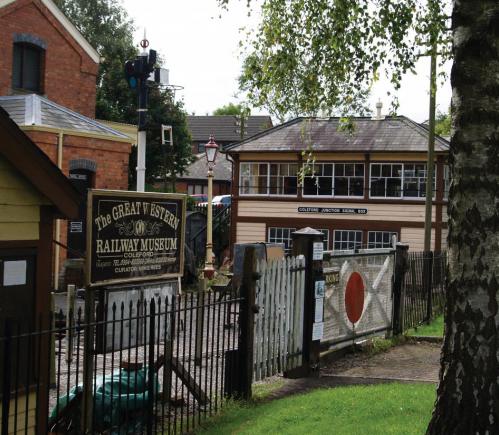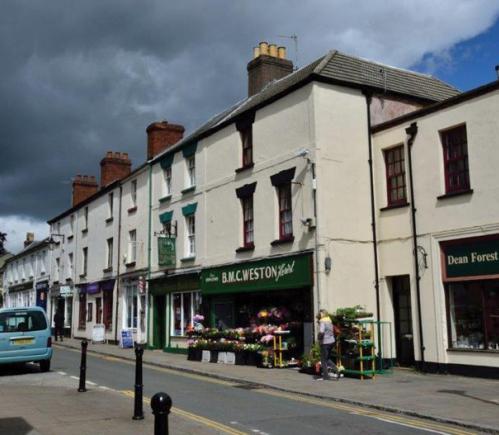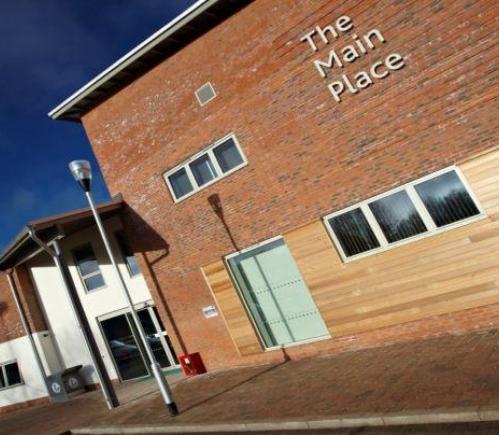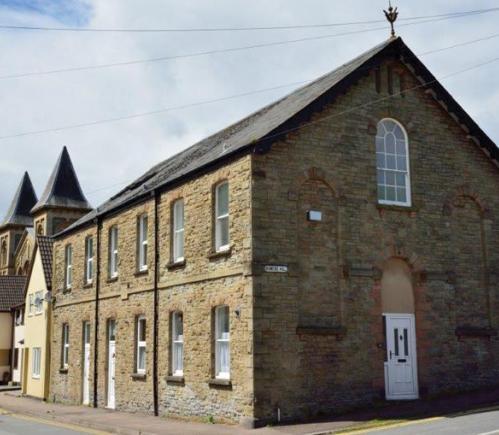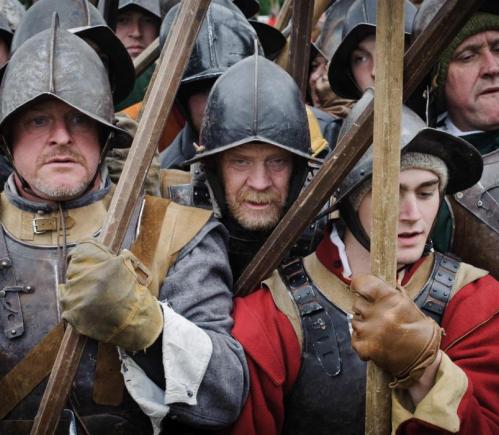Tracing roots in the forest
Coleford emerged as a settlement out of the shrinking Royal Forest of Dean as its landlords realised the land would be worth more to them lived on and worked than as a home to game.
At the time of the Domesday Book in 1086, this area was part of the large royal manor of Newland which lay within the ancient administrative hundred of St Briavels, and would still have been thickly forested. Nevertheless, the location of the modern day town centre was even then at the crossing of important routes and it is reasonable to believe that the sparse inhabitants of the forest could have stopped around here to trade.
People of the forest
The modern day local government district of the Forest of Dean covers a region stretching from the confluence of the Severn and Wye rivers and the Welsh border north-eastwards almost as far as Tewkesbury, although its northern inhabitants would hardly call themselves “Foresters”.
There had been a royal hunting forest in the southern part of this region before the Normans arrived. Under Norman monarchs the Forest was expanded and for a short period in the 13th century, it stretched as far as Gloucester, Newent and Ross-on-Wye. This is when we have the last record of a monarch himself actually hunting here.
Railway memories
The Severn & Wye railway reached the south side of Coleford from Parkend in 1875 and a goods and passenger station was built in the area of modern-day Railway Drive (the railway ran along the course of the cycle way from Milkwall).
Then a new railway from Monmouth was opened in 1883 along parts of the former tramroad route, cutting across to a new station next to the Severn & Wye station by a bridge over Newland Road, which is still a feature of the town. A junction was created between the two railways in 1884 and overnight Coleford became a major link in the network. Its rail heyday was shortlived, however.
Becoming a town
Coleford was originally an outpost of the Mediaeval manor of Newland so when manors morphed into civil parishes, despite its growing economic muscle Coleford remained part of the large parish of Newland centred on the small village of that name.
It was only in 1894, when local government was taking on new powers, that Coleford finally became a parish in its own right and an urban district for administrative purposes.
Place at centre
The Main Place is an environmental award-winning building and the fruit of a long process started by the ‘Time for Coleford’ strategic plan prepared in 2003. The plan had identified a number of improvements required to public facilities in the town.
Religious houses
In earlier centuries, Coleford was part of the ecclesiastical parish of Newland and did not became a parish in its own right until 1872. Its church, therefore, was considered for many centuries merely a ‘chapel of ease’. Indeed, Newland Church, which dates from the 13th century and is dubbed ‘the Cathedral of the Forest’, owes its magnificence to the size and prestige of this parish.
Famous names of Coleford
Robert Mushet (1811-91) was a metallurgist who perfected the Bessemer process for making steel. His father, David Mushet, moved from Scotland in 1810 to run the Whitecliff furnace but soon had his own ironworks at Gorsty Knoll.
The Battle of Coleford
Coleford played a significant part in the conduct of the English Civil Wars. The Battle of Coleford, which took place on 20th February 1643, is commemorated by a memorial plaque laid by The Sealed Knot in the Market Place in 2010.
Early in 1643 the Welsh Royalists raised an army of some 2,000 soldiers to support King Charles I and invaded the strongly Parliamentarian Forest of Dean. Their objective was Gloucester but first they were to eliminate Colonel John Berrow’s embryonic Parliamentarian regiment being raised in the Forest of Dean.
